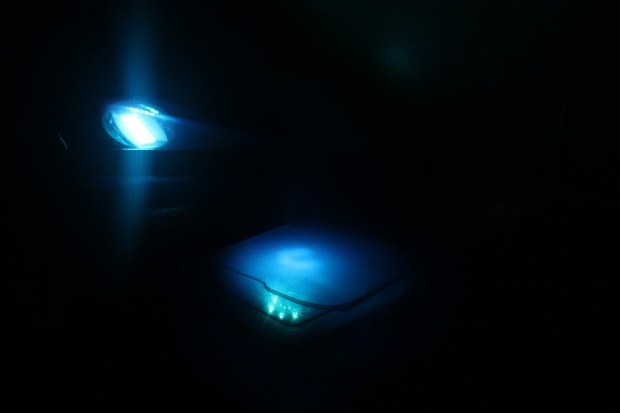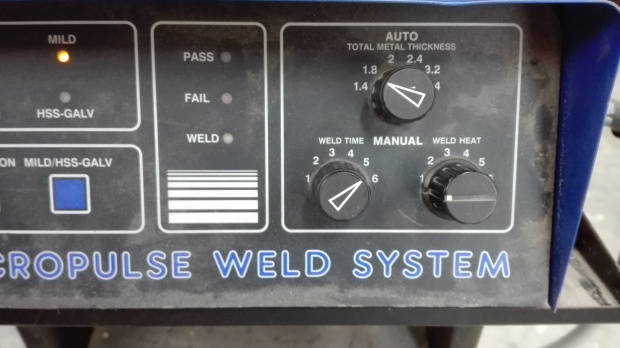The final trial of the lighting was done on the 26th June, using the blue LED string lights going up the back, the EL wire threaded through the milk bottles, and then a large camping light placed on the inside of the wave protected inside a plastic blue container, which also casts a nice hue and gives a glow from the inside so the whole wave is illuminated. We also have a smaller light (but is still very powerful) that we may add inside, but this decision will be made when in situ and depending on how dark the car park is.

The wave in itself is completed, however, we have left a gap in the large sheets of plastic that are sewn onto the sides so we can change the batteries that we will cable tie each time, the pallets we are attaching the wave onto need the top coat of black paint (this will conceal them), nail the frame at the base to the pallets using industrial staples, and also attach the trailing plastic to the pallets. This all has to be done when setting up, on location, so we will have to allow time to make these final adjustments.
Images are our own.




